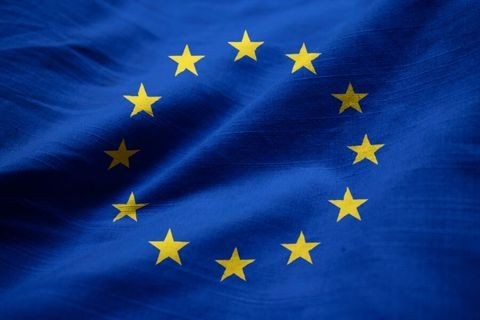Battling Counterfeits: Supply Chain Management and Regulatory Tools Help Protect against Harmful Counterfeit Products
Client Alert | 4 min read | 01.29.16
Every day, counterfeit products are finding their way to consumers. Whether in homes or schools, these fraudulent products can pose significant safety hazards and can cause deaths, injuries, and substantial property loss in the home and in the workplace if left undetected. Legitimate branded products cost significantly more because they are designed and tested to comply with safety and regulatory requirements.
Counterfeit electrical products present substantial risk of fire because the products often fail to meet the industry standard and some also contain false certification marks. Overheating and short circuits in counterfeit electrical products and lithium ion batteries can lead to shock, fire, and explosions causing injury and property damage.
The government seemingly stepped up its efforts to search out counterfeits over the 2015 holiday season when drones and other battery-powered remote controlled products were stopped at the port. Regulators asked to see certification and testing reports for products to ensure that they met minimum safety standards, particularly when the products were targeted at children.
The government can be a powerful ally in combatting counterfeit goods. There are criminal statutes that allow the government, inter alia, to prosecute misappropriation of trade secrets and trademark violations in the marketing of counterfeit goods. The Consumer Product Safety Commission can investigate, seize, and recall counterfeit products that present known safety risks, and OSHA can take action against counterfeit products that present risks in the workplace.
When a safety incident occurs with a knock-off product that harms your brand, embrace the government in your fight against the counterfeiter. Document your investigation and share it with the government. Alert the government as to how to identify risky and harmful knock-offs and explain why fakes do not pass the tests that your product does. This cooperation will minimize the risk of your legitimate product being inappropriately stopped at the port or targeted for enforcement activity. Information sharing can go a long way to building a collaborative relationship with the government in combating counterfeits and avoiding safety risks.
With regard to lithium ion battery technology, the risk level is simply too high. Improperly manufactured batteries can be substituted in by an assembly factory. Without opening and inspecting product, these substitutions can go unnoticed. Manufacturers and importers cannot rely on government regulators to find and seize goods with counterfeit batteries and must build a supply chain program to strengthen the integrity of the information and improve oversight of subcontractors. Chips can be used to ensure the use of authentic batteries tested for compatibility with the product's function and design. All of these measures will go a long way toward protecting your branded products from the taint of a safety crisis.
Beefing up supply chain security is a proactive way to combat the safety problems with counterfeit goods. Tracking labels that uniquely identify the date, lot or batch, and location of manufacture, which CPSC only requires by law on children's products, can go a long way toward distinguishing genuine goods from fakes. Testing and certification documentation can also help secure the supply chain. Building supply chain safeguards requires an up-front investment of time and money, but the payoff is the heightened ability to demonstrate to regulators a documented chain of custody for legitimate goods and to reduce the harm caused counterfeit products.
Using proactive measure to combat counterfeits can help provide more regulatory enforcement and aid prosecutors building cases under existing criminal statutes. The government has limited resources, but shoring up the chain of custody record in your supply chain can help them build the case as well as educate consumers on what to look for to ensure they are purchasing and using genuine goods.
Other Articles in This Month's Edition:
- Sports Stars Take on Video Game Makers: Right of Publicity or First Amendment? The Supreme Court May Decide
- Sluggers Hit News Network with Defamation Suit Over Reports of Performance-Enhancing Drugs
- Spurned St. Louis Rams Fans Sue L.A.-Bound Team for Deceptive Marketing
- Hoverboards: Gliding Toward Oblivion?
- Supreme Court Limits Effect of Rule 68 for Class Actions in Campbell-Ewald
- Advertisers in the Ring — A Roundup of This Month's Competitor Advertising Challenges: Resolve to Watch the Scope of Claims — and NAD Jurisdiction
Contacts
Insights
Client Alert | 14 min read | 12.22.25
European Commission Proposes Biotech Act to Boost Health Biotechnology in the EU
On December 16, 2025, the European Commission published its proposal for a regulation establishing a European Biotech Act to strengthen the EU's biotechnology and biomanufacturing sectors with a primary focus on health.
Client Alert | 2 min read | 12.19.25
Client Alert | 7 min read | 12.19.25
In Bid to Ban “Woke AI,” White House Imposes Transparency Requirements on Contractors
Client Alert | 5 min read | 12.19.25
Navigating California’s Evolving Microplastics Landscape in 2026



